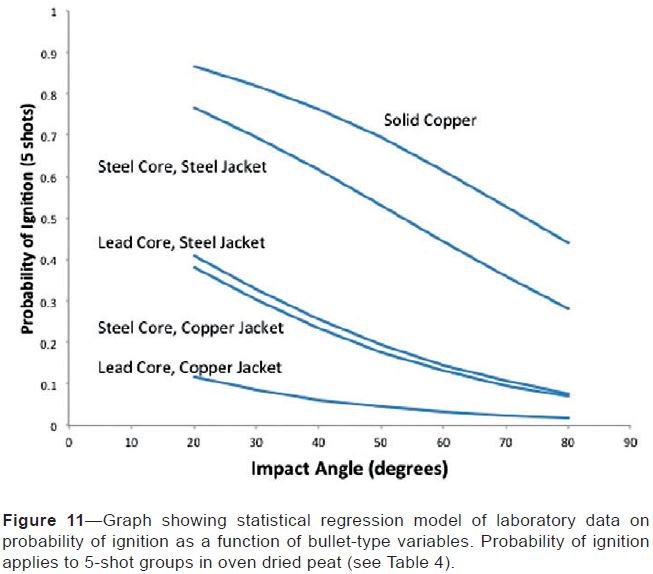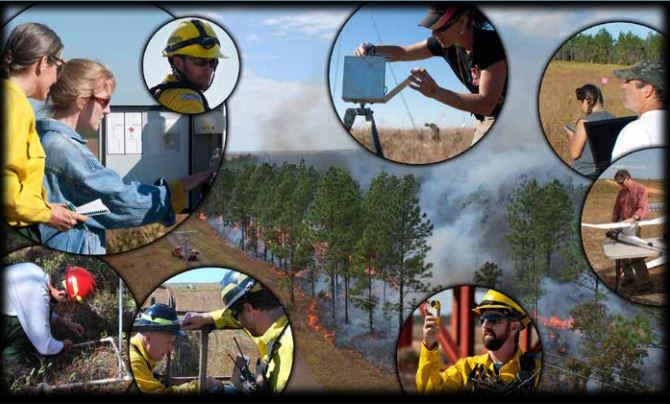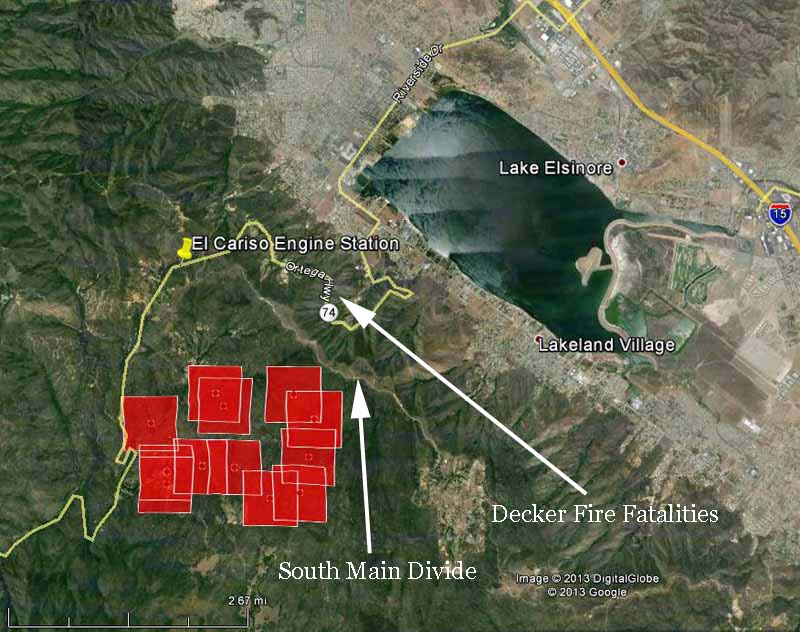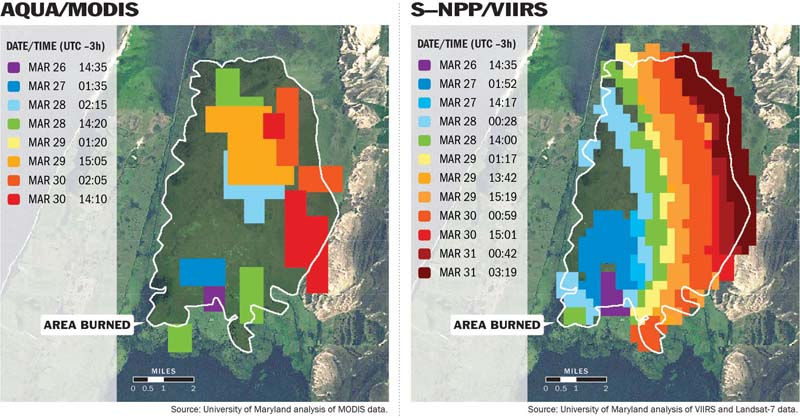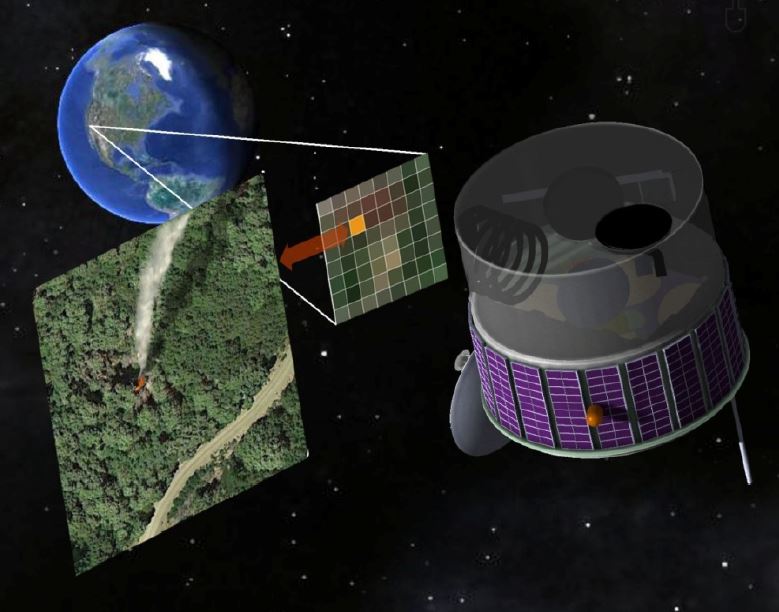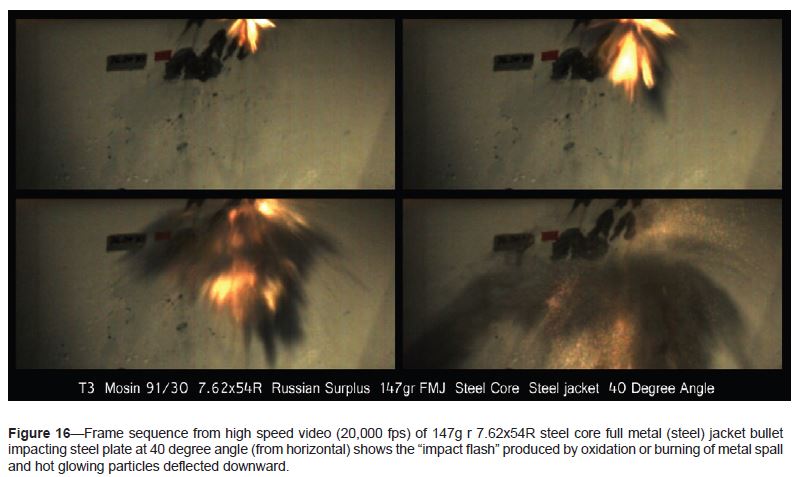 (Click the photo to see a larger version. These photos are from the research paper referenced below.)
(Click the photo to see a larger version. These photos are from the research paper referenced below.)
In research that was published in August, it was found that all types of rifle bullets studied were capable of starting fires in vegetation after being deflected by a steel plate. Fragments of most of the bullets that scientists at the U.S. Forest Service Rocky Mountain Research Station collected in a bed of peat moss reliably caused ignitions, specifically those containing steel components (core or jacket) and those made of solid copper. Lead core-copper jacketed bullets caused only one ignition in these tests. Solid copper bullets were the most consistent in producing ignitions at all angles and all targets.
Many wildfires are caused by target shooting, so it is helpful to have some actual data examining how they are ignited and by what type of ammunition. Lead core copper jacket bullets appear to have a low probability of starting fires.
While the military has conducted numerous studies on bullet fragmentation, this is the first time that researchers have looked at the probability of ignition (PI) in vegetation.
This research shows that fires can be ignited by hot fragments of the bullets due to the heat generated when the kinetic energy of the lead, copper, or steel is transformed to thermal energy by plastic deformation and fracturing from the high-strain rates during impact. Lead has a lower melting point than copper or steel, which contributes to the lower PI of lead core bullets.
In the study a high-speed video camera was used at frame rates of 8,000 to 100,000 frames per second to attempt to capture impact fragmentation and impact flash. Usually the camera was positioned from behind the bullet as it was fired. Researchers found that a camera placed in front of the bullet lasted only one series before being destroyed by a fragment.
The study was conducted by Mark A. Finney, Trevor B. Maynard, Sara S. McAllister, and Ian J. Grob.
Below is a video shot by a company that sells a 1,000,000 frame per second camera, showing bullets striking various objects. We are hoping to gain access to the video shot by the USFS researchers. If we do, we’ll post it here.
Thanks go out to Ken

